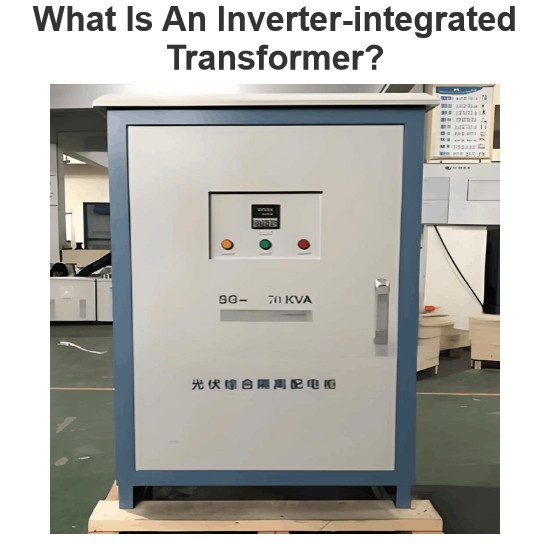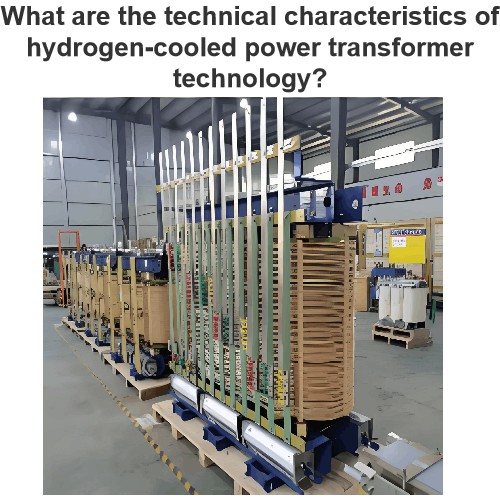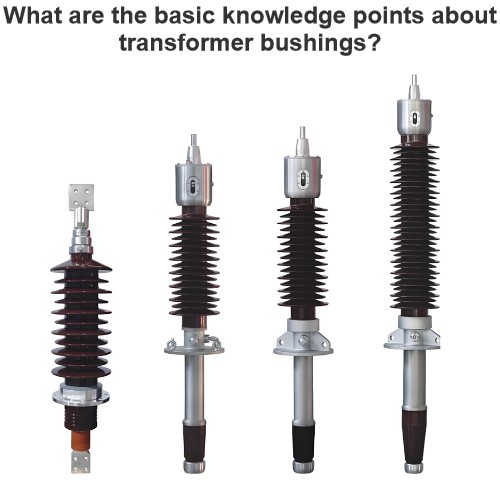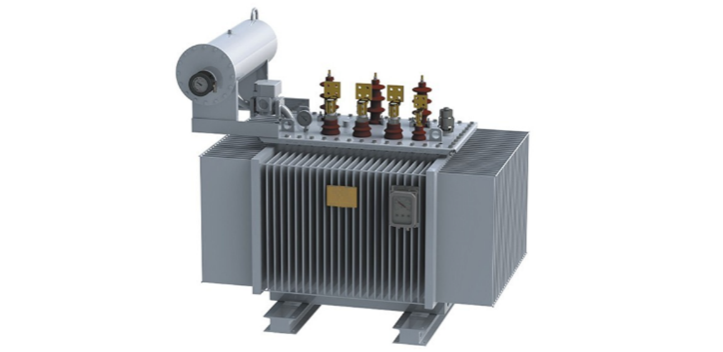What is the reason for conducting five impulse tests before commissioning a transformer?
Verification of Insulation Integrity
Assessment of Differential Protection Performance
Evaluation of Mechanical Strength
- New Units: Five consecutive full-voltage no-load closing operations.
- Overhauled Units: Three consecutive operations.
- Test Interval: At least 5 minutes between operations.
- On-Site Monitoring: Qualified technicians should observe the transformer throughout testing, checking for abnormalities (unusual sounds, vibrations, or thermal signs) and halting immediately if defects are detected.
Wenzhou Rockwell Transformer Co., Ltd. It is a high - tech enterprise integrating R & D, production, sales, and service. It focuses on the manufacturing of power transformers and supporting equipment, and is committed to providing efficient, reliable, and energy - saving power transmission and distribution solutions for global customers. We can offer: •Distribution transformers and substations •Outdoor switchgears and breakers(recloser) •Switchgears and it’s components (GIS, RMU, VCB, SF6 CB) Market and Service: We always take customers as the orientation and provide customized services according to their requirements. Our products are exported to the Middle East, Africa, Northern Europe, South America, and many other countries and regions. Drive the future of electricity with technological innovation and become a leading global supplier of intelligent power equipment.














